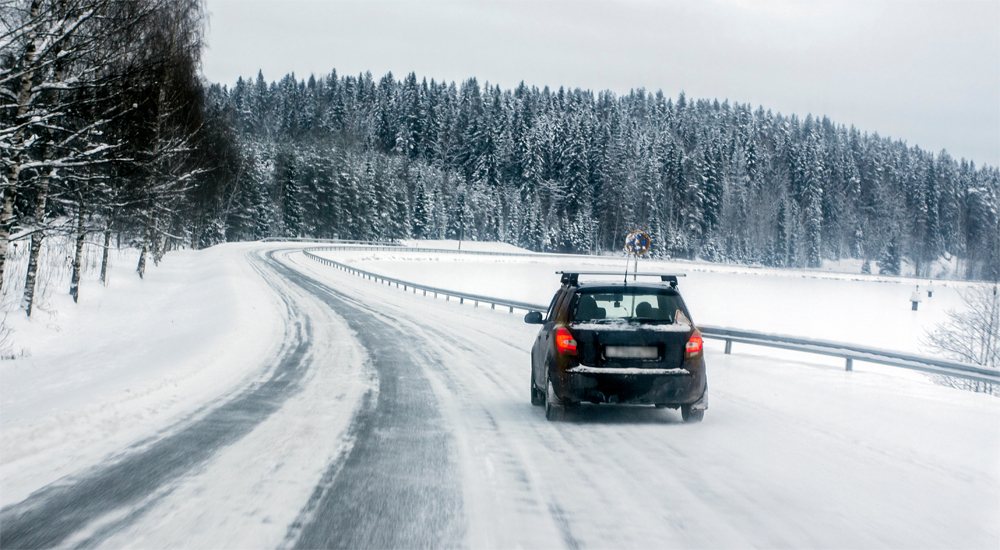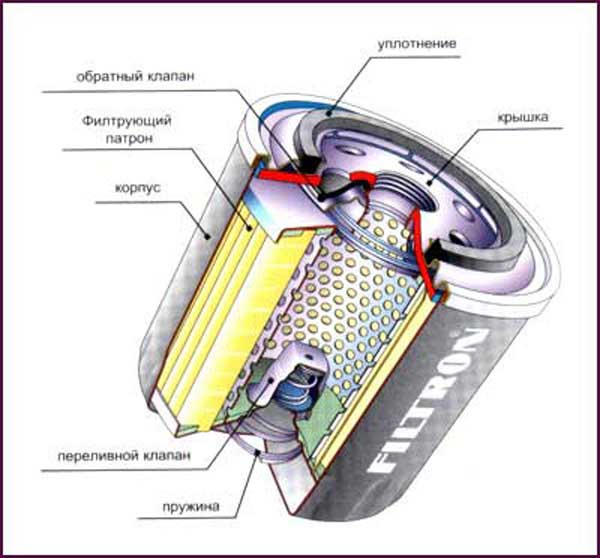
Techniques for safe winter driving
Content
Remember Slip 'N Slide from childhood? It was those 16-foot sheets of wet plastic that allowed you to get your head full of steam, plop down on your belly, and slide recklessly to a (sometimes) dangerous stop. The possibility of an emergency landing was half the fun.
The toy, if used with some care, rarely caused serious injury.
Let's hope that the recklessness we showed as children has tempered with age and we will not intentionally slip or slide while driving in icy conditions.
Drivers face a number of dangerous situations when driving on snow and ice. Even the most experienced drivers sometimes lose control of their car when braking, accelerating or hitting ice. They encounter white sky conditions that make it impossible to see the cars in front of you and reduce depth perception.
Those who are really unlucky, waiting too long to get from here to there, can get stuck on the highway for hours. It is tempting to put common sense aside and go down the mountain one last time. As exciting as it is to take another ride, try not to be a hero thinking you're going to blast your way through a harsh winter storm in your all-wheel drive. Use your mobile phone or tablet to keep track of storm fronts and weather warnings and get ahead of bad weather.
Here are some tips to help keep yourself and others safe:
Never hit the brakes
If you find yourself approaching a dangerous situation, it's natural to slam on the brakes. If the roads are icy, this is a bad idea, because you will definitely skid. Instead, let off the gas and let the car slow down. If you are driving with a manual transmission, downshifting will slow the vehicle down without using the brakes.
In general, when it's icy outside, drive slower than usual and give yourself enough distance between yourself and the vehicles in front. Keep in mind that you will need to at least triple the distance to stop when the roads are slippery. When you need to stop quickly, apply the brakes gently, rather than hard, to prevent slipping.
Beware of black ice
Black ice is transparent and almost invisible to the eye. Hides under bridges, under overpasses and in shady places. Black ice can form from melting snow that runs off and then freezes. When driving on roads shaded by trees, pay attention to areas that look like freshly laid asphalt and places that are blocking water flow. At temperatures of 40 degrees and below, icy conditions form in these areas.
If you hit ice and start to slide, take your foot off the accelerator pedal. If you start spinning, turn the steering wheel in the direction you want your car to go. Once you regain traction, it's safe to step on the gas...slowly.
Turn off cruise control
Cruise control is a great feature, but it can be deadly if used while driving on snow or ice. If your vehicle is on cruise control, this means that you are not in full control of your vehicle's speed. To regain control of the car, most people apply the brakes. But pressing the brake can send the car into a tailspin. To maintain full control of your vehicle, turn off cruise control.
Don't rely solely on technology
The latest vehicles come with a seemingly endless array of technology features, such as night vision pedestrian detection systems and intersection detection systems, which are designed to reduce human error. These technological advances can give drivers a false sense of security. When driving in inclement weather, don't rely on technology to get you out of traffic. Instead, develop good driving practices to ensure your safety.
Trelevka
If you start skidding, release the throttle, steer in the direction you want the car to go, and resist the urge to accelerate or brake until you regain control of your car.
Vehicles with manual transmission
Shifting driving on snow can be both a curse and a blessing. The advantage of stick driving is that you have better control of the car. Downshifting can help slow the car down without hitting the brakes.
The downside of stick driving in icy weather is that the hills become a nightmare. Those who drive a stick sometimes have to be creative to get their cars moving forward.
The safest strategy is to avoid them altogether, but this is not always advisable. If you have to stop on a hill, stop on the right (or left) side of the road where the snow is not packed with traffic. Loose snow will help you move forward. If you need more power to get your car moving, start in second gear because the wheels turn slower, which provides more power.
If you are stuck
If you are one of the unfortunate drivers stuck on the highway during a snow storm, you must survive on your own. You can be stuck in the same place for hours at low temperatures, so be prepared.
The car should have a basic survival kit. The kit should include water, food (muesli bars, nuts, travel mix, chocolate bars), medicine, gloves, blankets, tool kit, shovel, flashlight with working batteries, walking shoes and a mobile phone charger.
If you are stuck in a snowstorm and your car is not going anywhere, the most important thing is to clear the exhaust pipe of snow. If this is not the case and you continue to work, carbon monoxide will enter your machine. Check the exhaust pipe from time to time to make sure it is clean.
While the snow is falling, keep digging it out of your car so you're ready to ride when the roads open.
Practice makes perfect
The best thing you can do to hone your driving skills is find a free parking lot and test your car to see how it reacts (and you're testing your own skills, by the way). Hit the brakes in the snow and ice to see what happens and how you react. Did you slip and slip or retain control of the vehicle? Make your car spin and practice getting out of it. A little time in the parking lot can save your life.
Don't forget about preparation. Taking care of your car in winter can go a long way in keeping you safe in cold driving conditions. If you need help preparing your car for colder temperatures, AvtoTachki offers car maintenance services for you.

